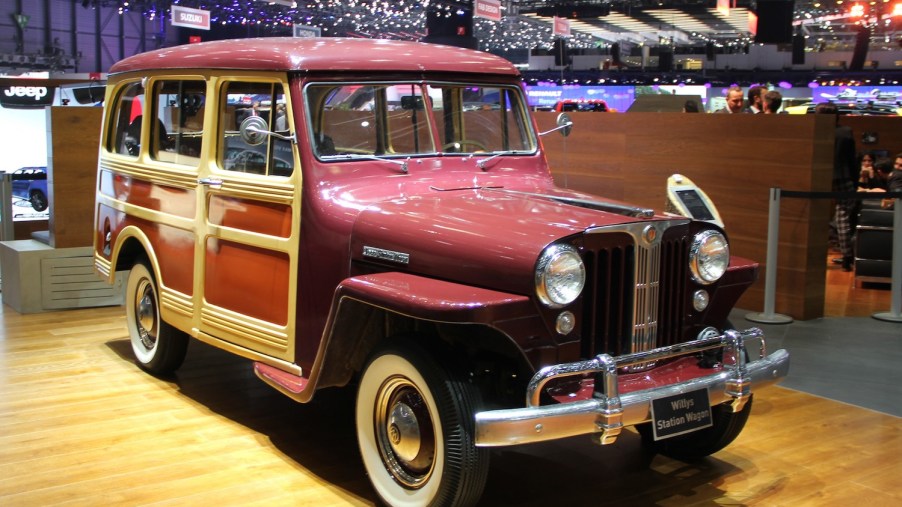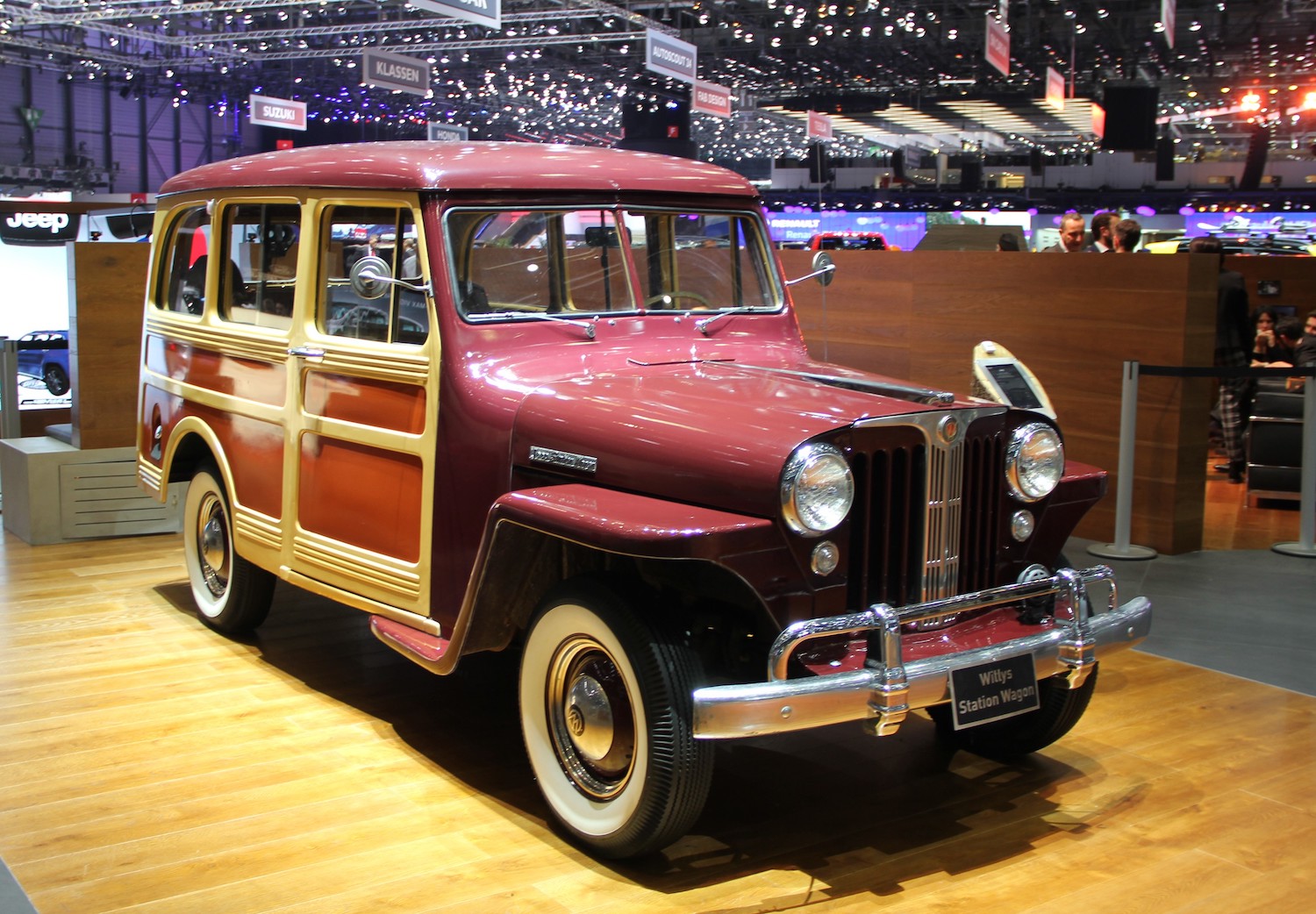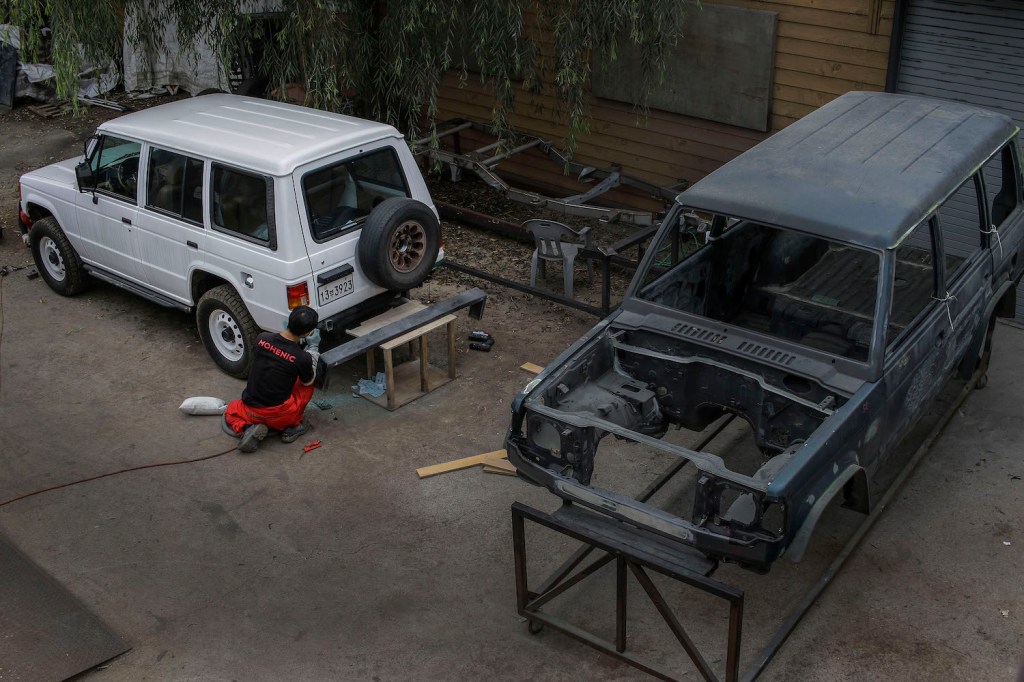
What Does SUV Stand For?
The acronym SUV stands for “Sport Utility Vehicle.” It encompasses everything from capable off-roaders to luxury SUVs. Though SUVs have become the world’s most popular vehicle segment, many automakers and dictionaries disagree on what is an SUV. In this article, we will clarify which vehicles fit into the SUV category.
SUV stands for sport utility vehicle

Sport Utility Vehicles offer abundant utility–cargo capacity and often four-wheel-drive–but are used for recreational purposes, or sport. The term did not become popular until the late 1980s. Many agree that the late 1980s Jeep Cherokee was emblematic of the term. But the Jeep Cherokee was far from the first SUV.
Bespoke automobile manufacturers offered four-wheel-drive (4WD) station wagons as early as the 1930s. In 1949, the Willys Jeep Station Wagon went into production with optional 4WD. Next, in 1955 Chevrolet began to offer the Chevrolet Suburban with 4WD. Then in 1956, International Harvestor launched the Travelall, the first full-size SUV. Finally, Dodge followed suit with the 1957 Power Wagon Town Wagon, one of the most iconic SUVs.
Today, not every SUV has 4WD. Some sport utility vehicles come with all-wheel-drive (AWD). Other SUVs are two-wheel-drive. All SUVs offer more utility than their car counterparts. But in some cases, that utility is off-road capability. In other cases, it is space for cargo or passengers.
Is an SUV a car or a truck?

Some sport utility vehicles are built with body-on-frame construction and have a lot in common with trucks. Other SUVs, often called crossover SUVs or just CUVs, use unibody construction. These vehicles have more in common with cars. In the United States, SUVs are classified as light-duty trucks. This classification affords SUVs looser emissions regulations than cars.
Until the early 1960s, most motor vehicles used a body-on-frame design. In body-on-frame design, the engine, transmission, and axles are all attached to a frame. An automotive frame is ladder-shaped and comprised of frame rails and crossbars. A frame with the running gear attached could roll along without further support. After the frame assembly is complete, manufacturers mount a body on top of it.
By the 1940s, Nash and other companies began experimenting with unibody construction. In unibody construction, a car’s body and its frame are a single assembly. Its running gear is attached to this unibody assembly.
Unibody vehicles are lighter than their full-frame counterparts. But most unibody vehicles are not as sturdy as full-frame vehicles. So by the 1960s, all of Detroit’s Big Three switched to unibody construction for cars. But all three retained body-on-frame construction for trucks.
Body-on-frame, or full-frame, sport utility vehicles often ride on frames shared with trucks. For this reason, they often share drivetrain components with their truck counterparts. Full-frame SUVs include the Jeep Wrangler and the Lexus LX. The full-frame Chevrolet Suburban and Cadillac Escalade both share a chassis with the Silverado. Likewise, the full-frame Ford Expedition and Lincoln Navigator share a chassis with the F-150.
What does CUV stand for?

Crossover SUVs (CUVs) use unibody construction. The Honda CR-V, Toyota RAV4, and Ford Edge are examples of unibody, crossover SUVs. The CR-V, for example, at first shared a drivetrain with a car–the AWD Honda Civic Wagon.
Due to their unibody construction, CUVs usually weigh less than traditional sport utility vehicles. The average midsize SUV weighs 5,000 pounds while full-size SUVS can tip the scales at 6,000. The average crossover, on the other hand, weights just 3,950 pounds. Because of this, they often achieve better fuel economy and offer better handling.
While crossovers technically have more in common with cars and trucks, many modern crossovers feature a third row of seating and a tow rating equal to a midsize, full-frame truck. Examples of such crossovers include the Ford Escape and Volkswagen Atlas.
Conclusion
SUV stands for Sport Utility Vehicle. The vehicle category originated in the 1950s, and predates the term itself. Often, SUVs are defined as vehicles built on full frames while crossovers (CUVs) save weight with unibody construction.



